Overview
After a four-year break, the 2026 Toyota C-HR makes its return, sporting a refreshed design and an all-electric powertrain. Positioned as a subcompact alternative to the recently revamped Toyota bZ, the two models share the same platform. Beneath its bold, angular exterior, the C-HR is equipped with dual electric motors—one at the front and one at the rear—providing standard all-wheel drive and an impressive total output of 338 horsepower. Powered by a substantial 74.7-kWh battery, Toyota estimates that the C-HR can achieve a range of 290 miles on a single charge. Charging is facilitated through an NACS port, enabling compatibility with Tesla Superchargers. If its real-world performance aligns with these expectations, the C-HR could emerge as a leader in both power and range within its class.
When is the 2026 Toyota C-HR Coming Out?
The 2026 Toyota C-HR is expected to hit the streets in late 2025, following its global debut earlier that year. Toyota has made efforts to streamline its production timeline to ensure the vehicle reaches its customers as soon as possible.
What’s New for 2026 Toyota C-HR ?
The 2026 Toyota C-HR marks a significant evolution in the model’s history, introducing an all-electric powertrain for the first time in the U.S. market. While the C-HR was previously offered with a gasoline engine from 2018 to 2022, this new generation brings an exciting shift to electric mobility. Built on the advanced e-TNGA platform, which also supports the refreshed Toyota bZ compact electric crossover, the 2026 C-HR will serve as the smaller, more compact sibling to the bZ model.
Pricing and Which Model to Choose
The 2026 Toyota C-HR is anticipated to have a starting price around $35,000, with the price range climbing up to approximately $38,000 depending on the selected trim and optional features.
- SE : $35,000 (est)
- XSE : $38,000 (est)
Although Toyota has yet to officially confirm the pricing, it is expected to offer two distinct trims: the SE and XSE. Both trims come equipped with a solid range of features, including heated front seats, a heated steering wheel, a power liftgate, a 14.0-inch infotainment display, and dual wireless phone chargers.
The XSE trim enhances the SE offerings with additional premium features, such as larger 20-inch wheels, synthetic suede-trimmed seats, an 8-way power-adjustable passenger seat, lane change assist, and the option for two-tone exterior paint. This makes the XSE a great choice for those looking for a more stylish and feature-packed version of the C-HR.
EV Motor, Power, and Performance
The 2026 Toyota C-HR is equipped with dual electric motors, one on the front axle and another on the rear, providing standard all-wheel drive for enhanced traction and stability. With a combined output of 338 horsepower, the C-HR delivers an impressive level of performance for a subcompact crossover. This is a notable 137 horsepower more than what the Hyundai Kona Electric and Kia Niro EV offer in their highest-output variants.
This powertrain configuration ensures that the C-HR will feel exceptionally quick and responsive. While we haven’t had the opportunity to test drive the vehicle yet, the impressive horsepower figure suggests that the C-HR will deliver a dynamic driving experience, making it one of the more powerful options in its segment. We’ll provide further insights once we have the chance to experience the vehicle firsthand.
0–60-MPH Times
Toyota asserts that the C-HR can accelerate from 0 to 60 mph in approximately 5.0 seconds. We will update this section once we have the opportunity to test the C-HR’s acceleration performance ourselves.
Fuel Economy and Real-World MPG
The 2026 Toyota C-HR offers impressive fuel efficiency, with the gas-powered model achieving an estimated 29 mpg city and 33 mpg highway. The hybrid model takes things a step further, with an expected combined fuel economy rating of 42 mpg. In real-world driving conditions, these figures may vary slightly, but the C-HR remains one of the most fuel-efficient subcompact SUVs on the market.
Range, Charging, and Battery Life
The C-HR is equipped with a North American Charging Standard (NACS) port, enabling it to charge at Tesla Superchargers. Toyota claims that under optimal conditions, the vehicle can charge from 10 to 80 percent in about 30 minutes using a Level 3 DC fast charger. Additionally, it supports fast AC charging through its 11-kW on-board AC charger. In contrast to the larger bZ model, which offers two battery pack options, the C-HR is available solely with a 74.7-kWh battery. Toyota estimates that this battery will provide up to 290 miles of driving range on a full charge.
Interior, Comfort, and Cargo
The C-HR boasts a cozy and modern interior, featuring a digital gauge display and a 14.0-inch central touchscreen. The dashboard is sleek and minimalist, accented by a customizable LED light strip. The spacious center console between the front seats includes two wireless smartphone charging pads and open storage underneath, though it lacks a traditional glovebox. As expected from an electric subcompact SUV with compact dimensions, the C-HR offers limited cargo space. With the rear seats folded in a 60/40 split, the trunk provides 25 cubic feet of storage capacity.
Infotainment and Connectivity
The C-HR’s infotainment system is centered around a 14.0-inch display, which can be controlled using both physical and touch controls. It comes standard with wireless Apple CarPlay and Android Auto, allowing seamless integration with smartphones. Audio is delivered through a six-speaker system, with an optional upgrade to a nine-speaker setup. Two wireless smartphone chargers are conveniently located beneath the central screen.
Safety and Driver-Assistance Features of the Toyota C-HR
The Toyota C-HR is equipped with a range of driver-assistance technologies as standard, offering enhanced safety for both drivers and passengers. Among these features are pedestrian and cyclist detection, lane-keeping assist, and automated emergency braking. For detailed information regarding the C-HR’s crash-test performance, you can refer to the National Highway Traffic Safety Administration (NHTSA) and the Insurance Institute for Highway Safety (IIHS) websites.
Key safety features include:
- Automated emergency braking with pedestrian detection as standard
- Lane departure warning coupled with lane-keeping assist as standard
- Adaptive cruise control as standard
Warranty and Maintenance Coverage for the Toyota C-HR
Toyota offers warranty coverage that aligns with industry standards, while standing out with above-average complimentary maintenance benefits. Its electrical component warranty meets the typical expectations for the sector.
Key warranty details include:
- A limited warranty covering three years or 36,000 miles
- A powertrain warranty covering five years or 60,000 miles
- Electrical components covered for eight years or 100,000 miles
- Complimentary maintenance provided for two years or 25,000 miles
2026 Toyota C-HR – Full Specifications
| FWD standard range | FWD long range | AWD | |
|---|---|---|---|
| Battery | 57.7kWh | 77kWh | 77kWh |
| Range | 455km | 600km | 525km |
| Power | 123kW | 165kW | 252kW |
| 0-100km/h time | 8.6 seconds | 7.4 seconds | 5.2 seconds |
| C-HR+ | C-HR | |
|---|---|---|
| Length | 4520mm | 4360mm |
| Width | 1870mm | 1830mm |
| Height | 1595mm | 1558-1564mm |
| Wheelbase | 2750mm | 2640mm |
| Boot space | 416L | 362-388L |
Final Verdict
The 2026 Toyota C-HR is a well-rounded subcompact crossover, offering a combination of modern features, impressive fuel efficiency, and a comfortable driving experience. While it may not be the most powerful SUV in its class, its emphasis on safety, tech, and practicality makes it an appealing option for those seeking a reliable and efficient urban vehicle. With its refreshed design and upgraded features, the C-HR continues to stand out as a solid choice in the competitive crossover market.
2026 Toyota C-HR Videos
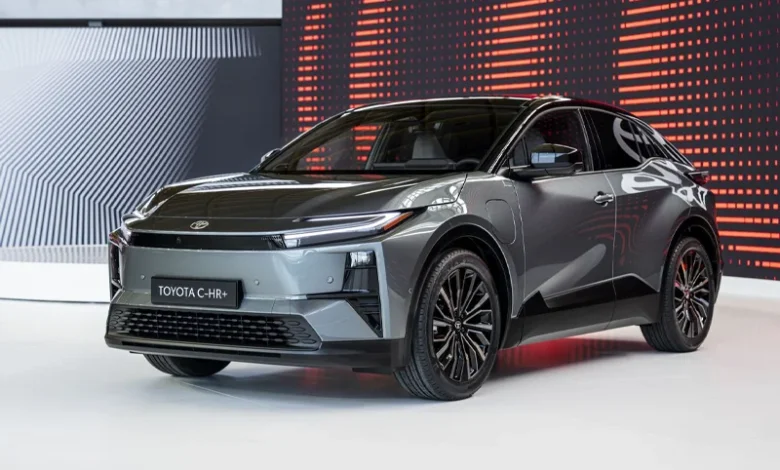
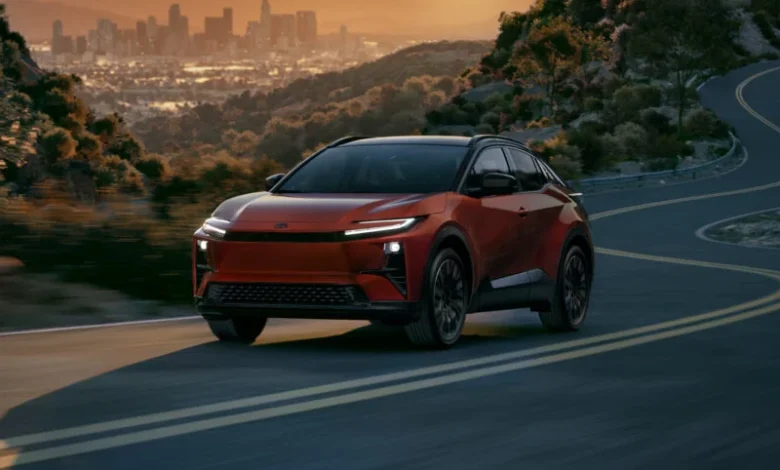
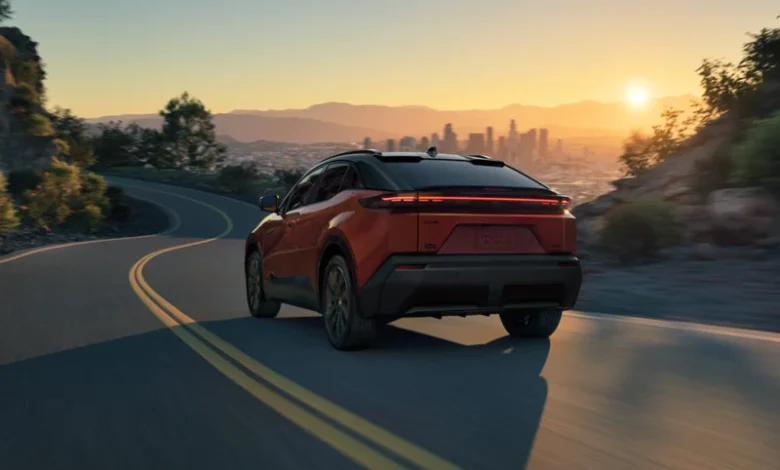
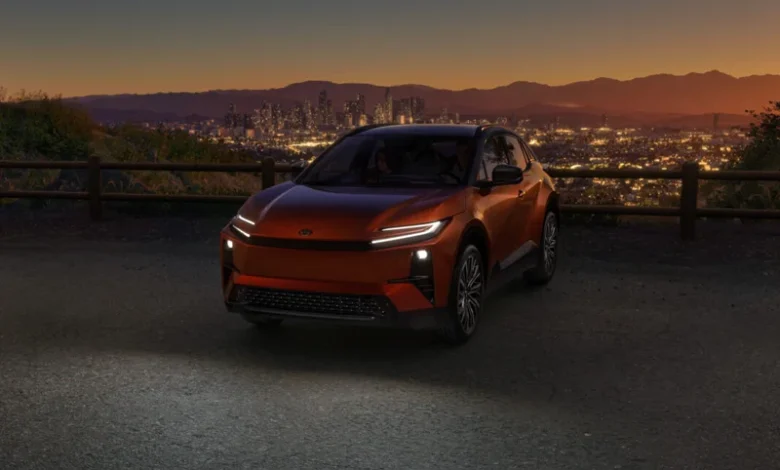
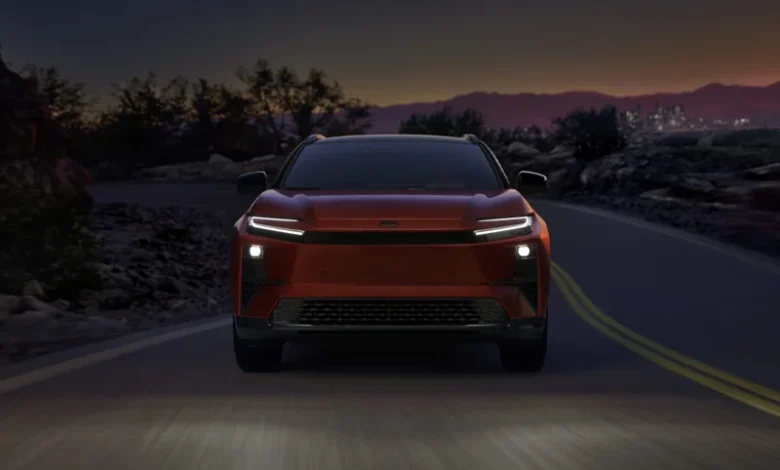
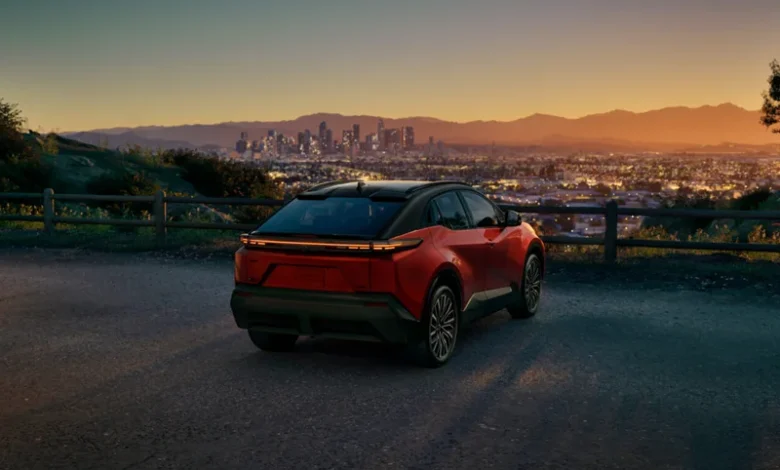
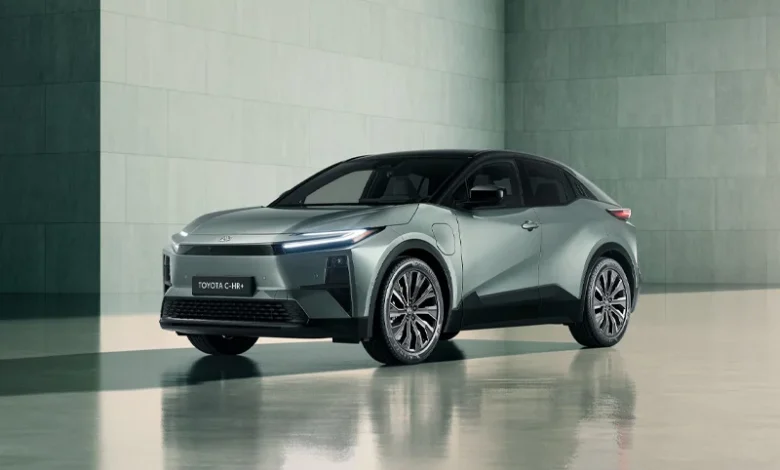
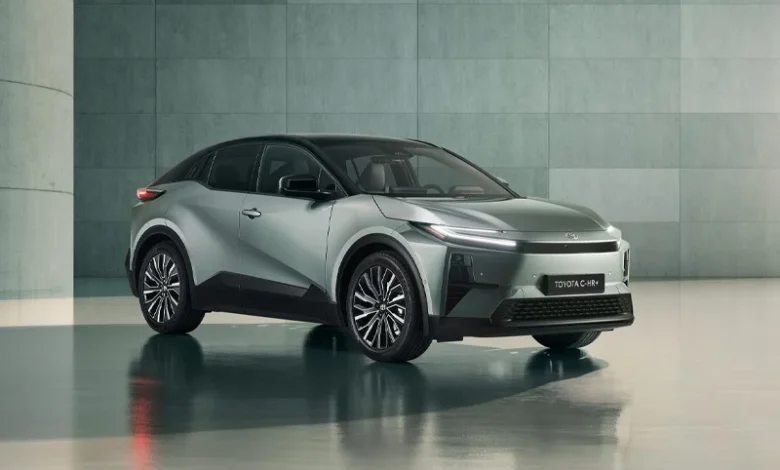
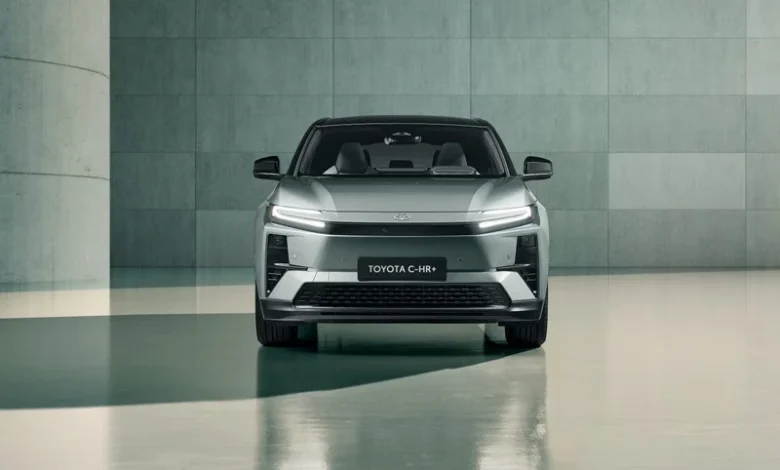
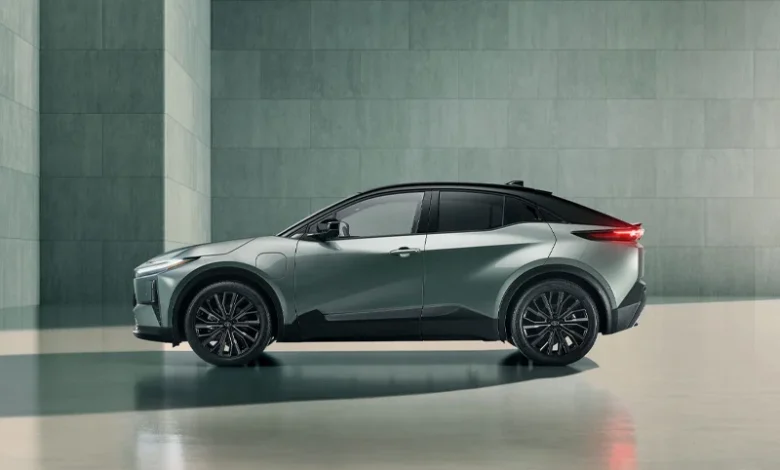
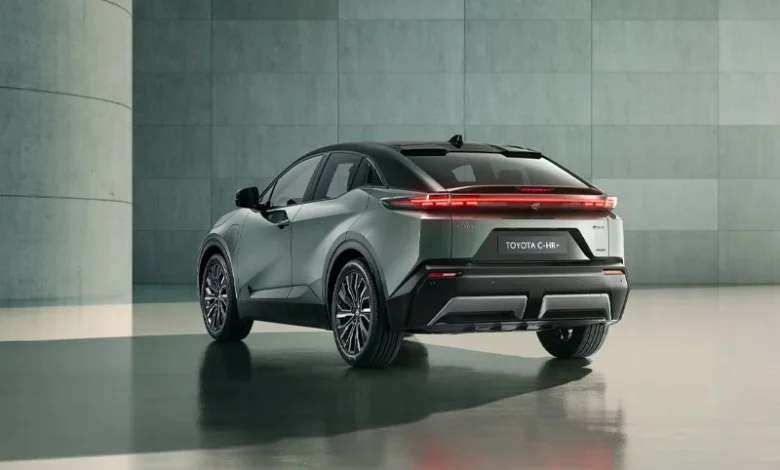
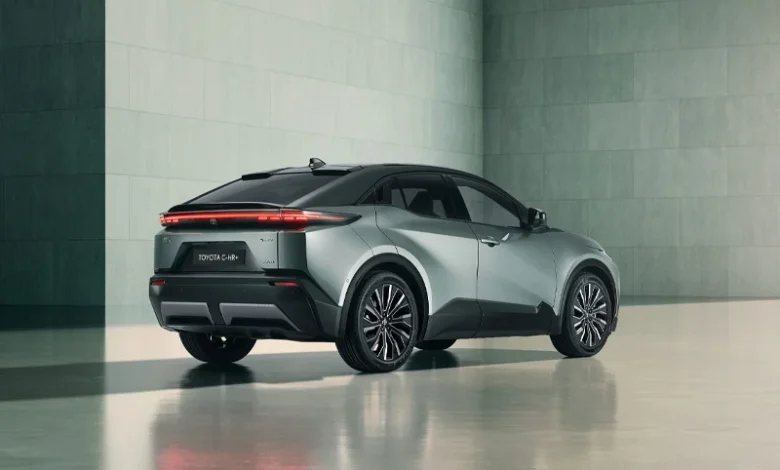
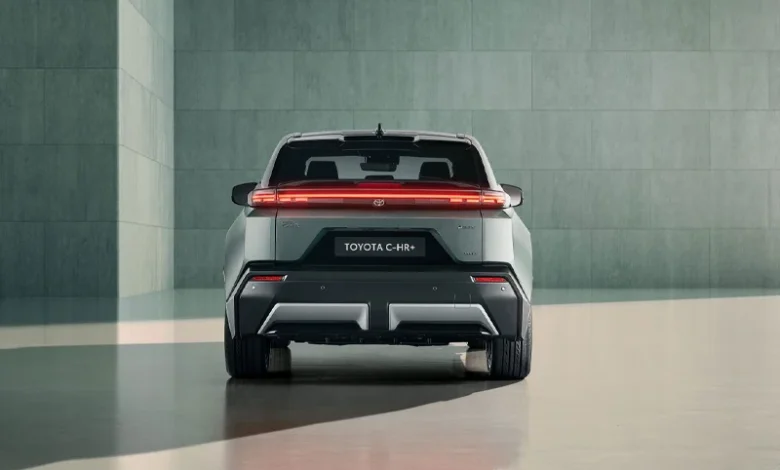
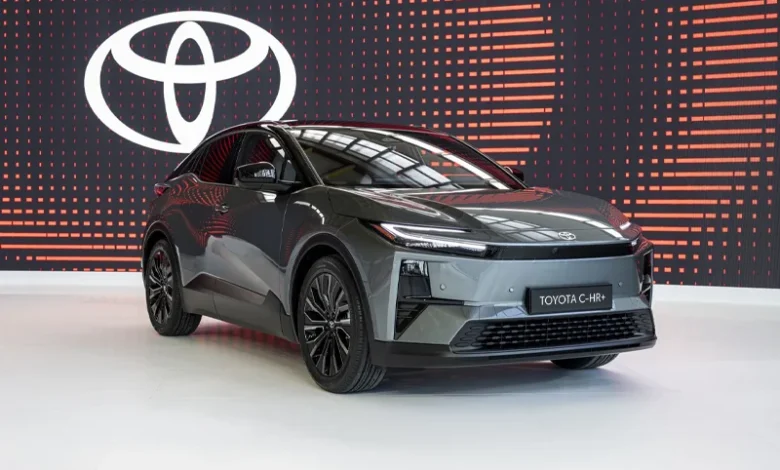
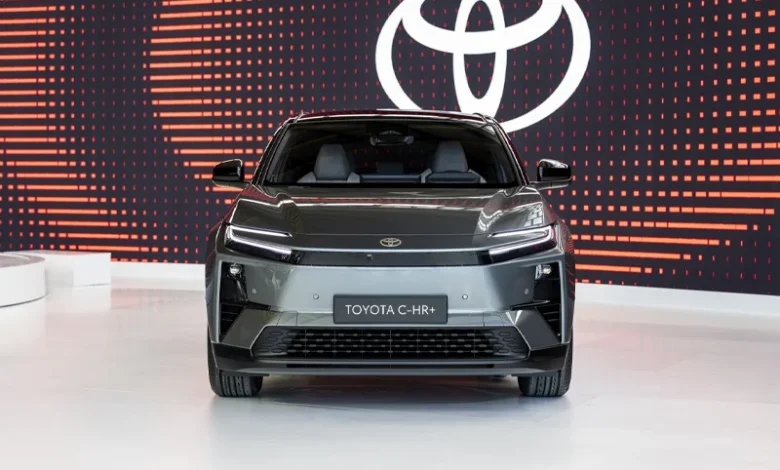
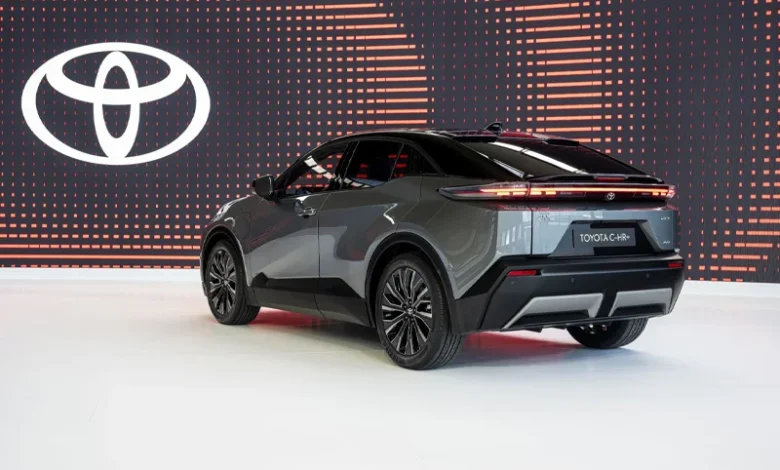
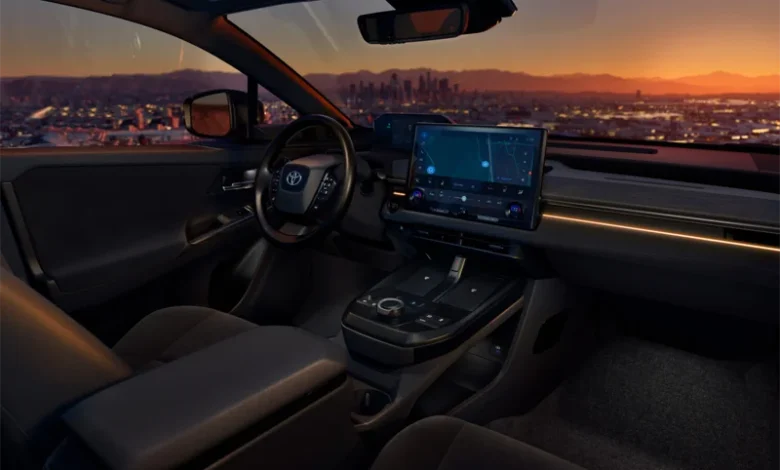
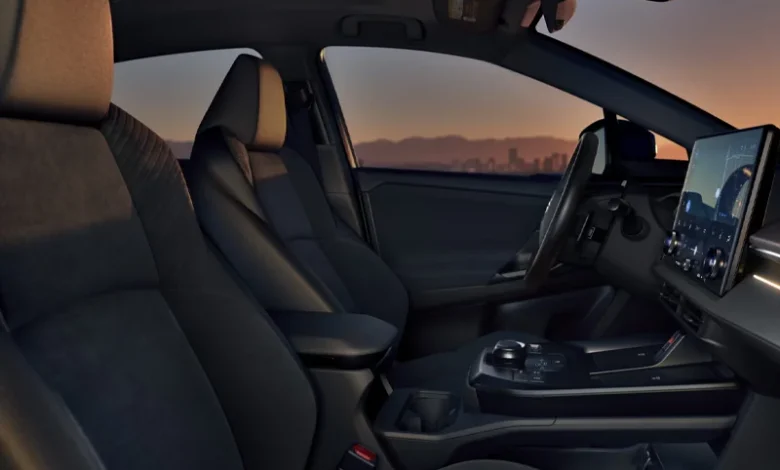
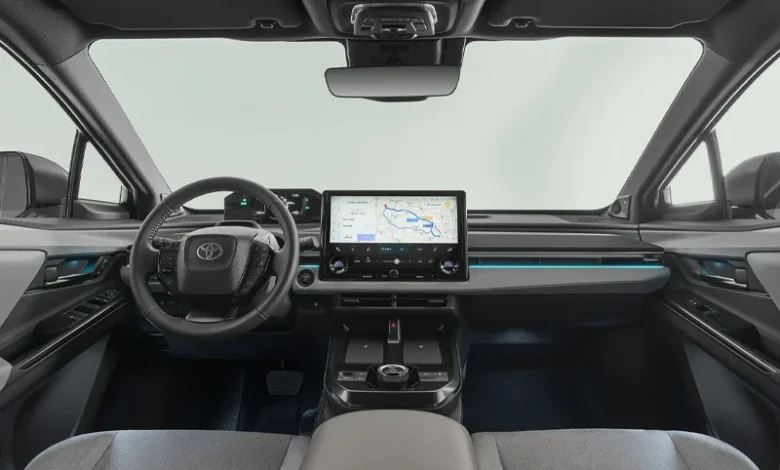
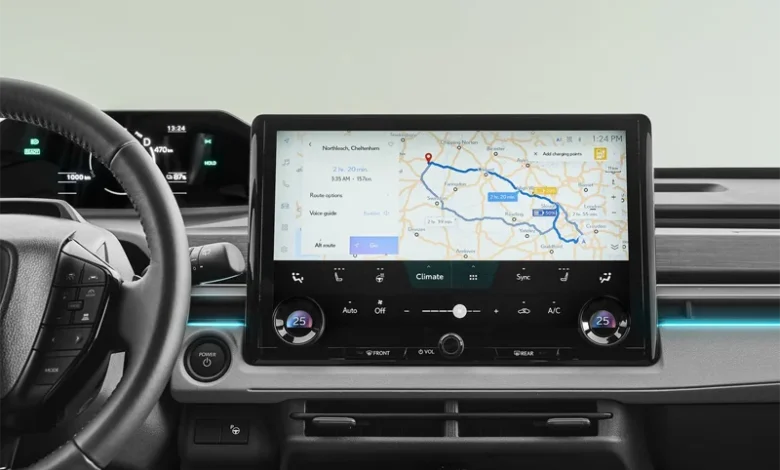

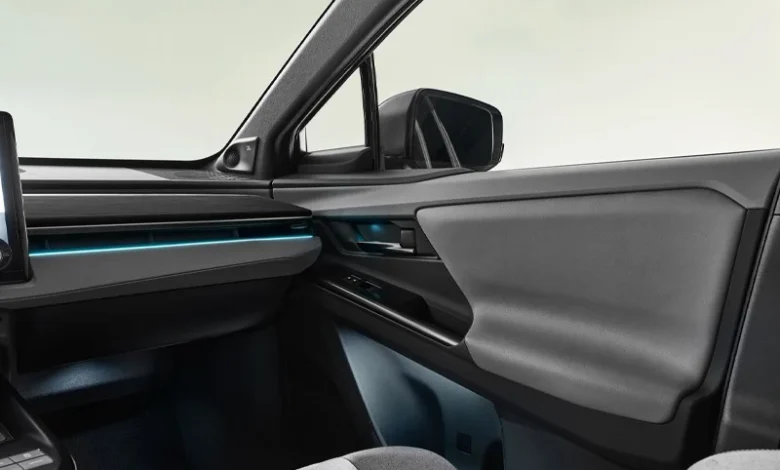
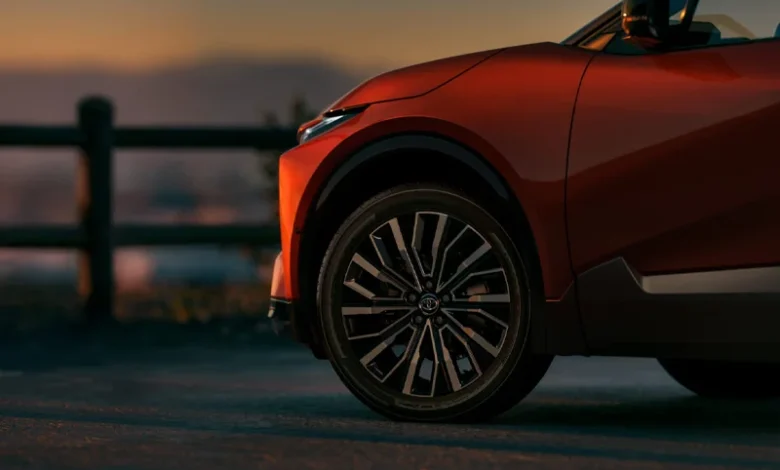
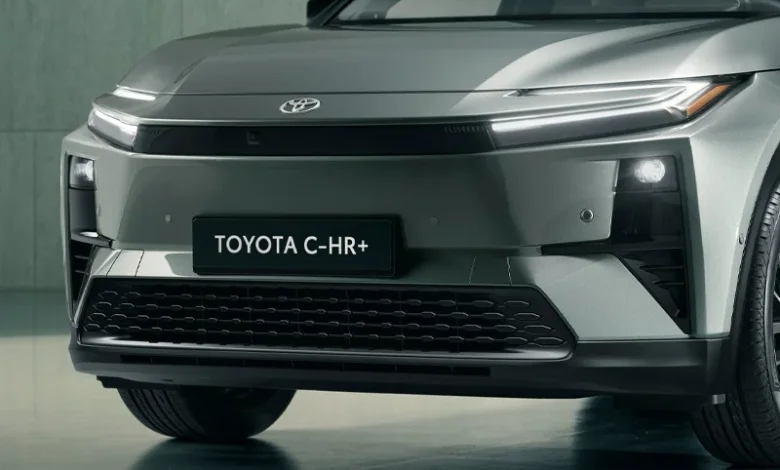
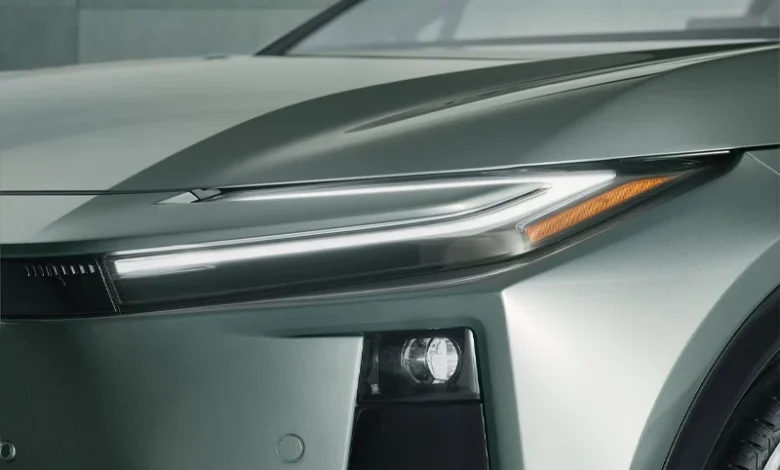
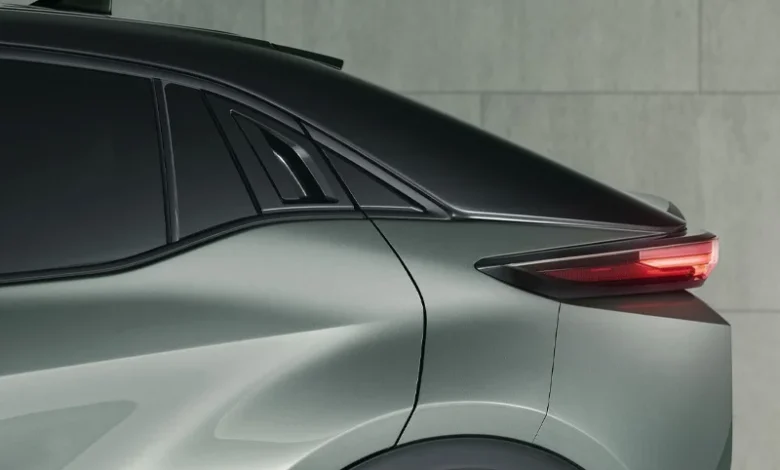
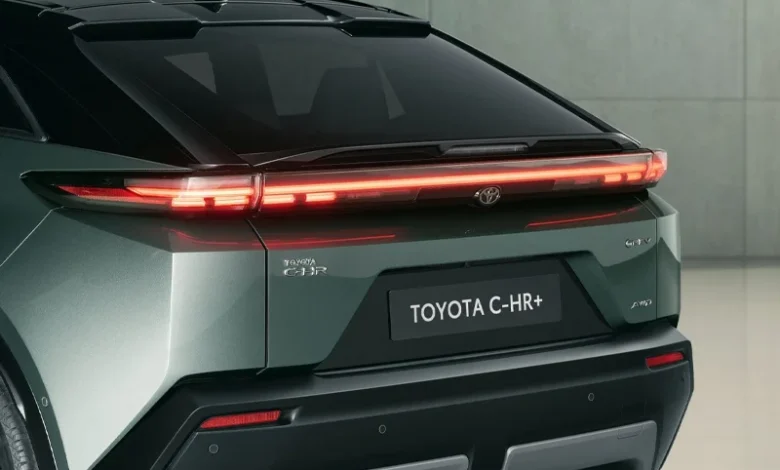
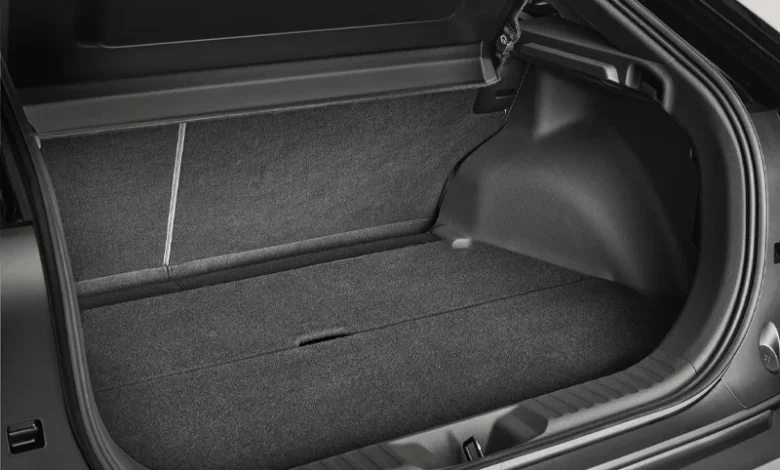
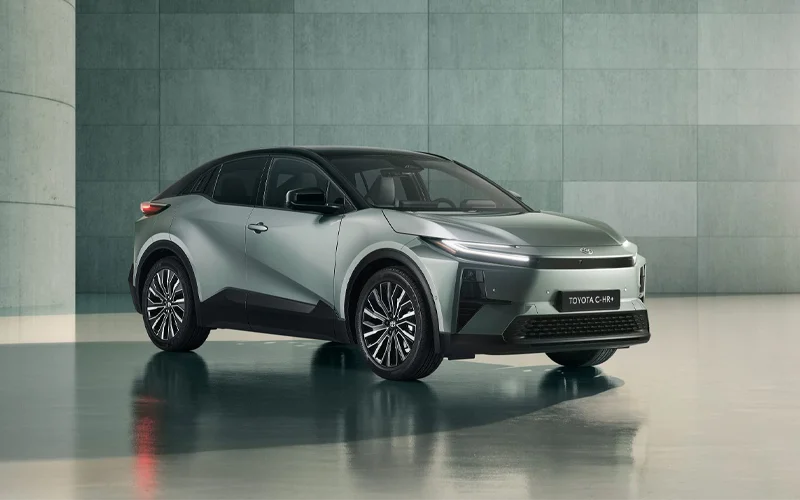
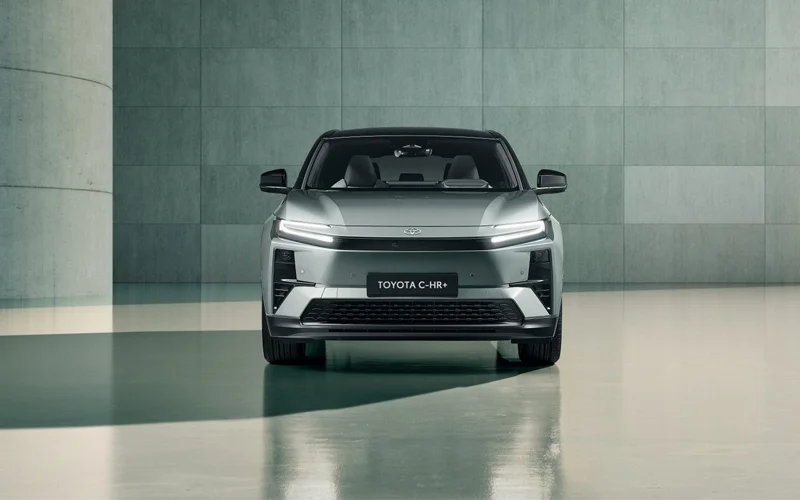
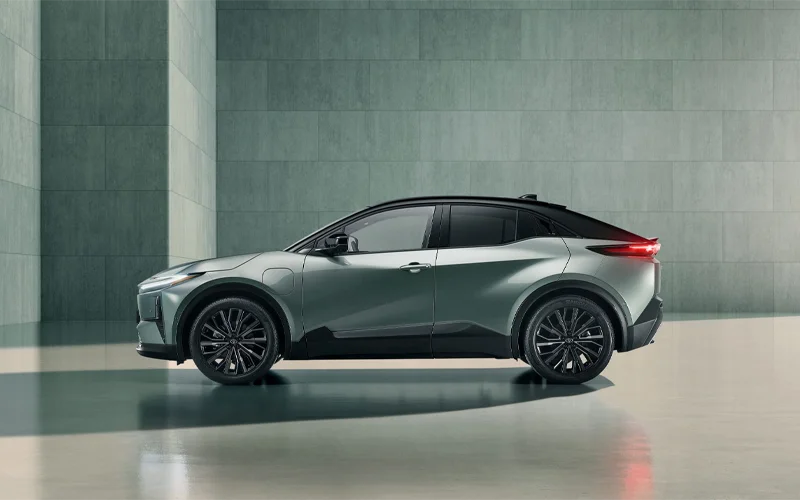
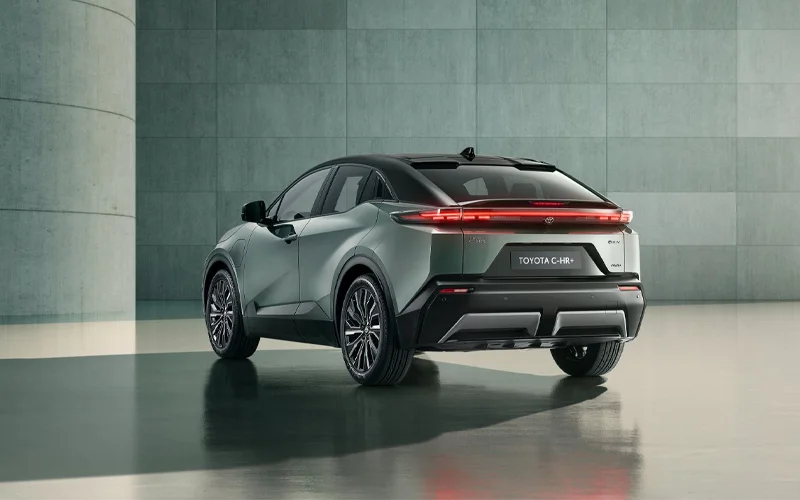
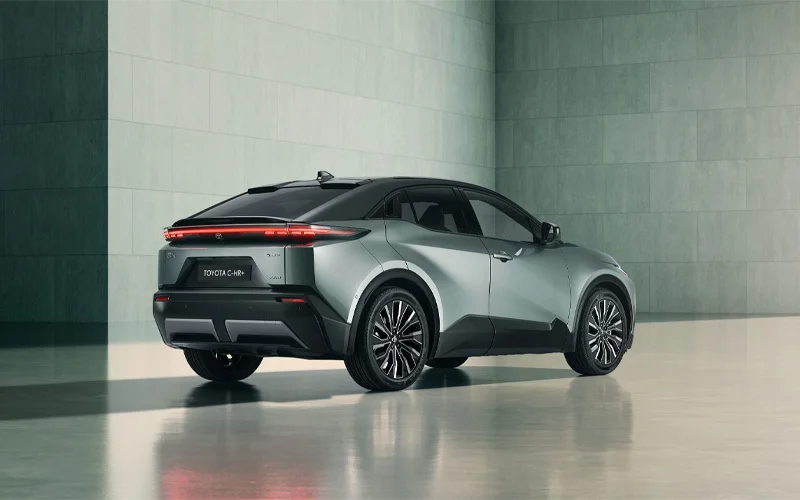
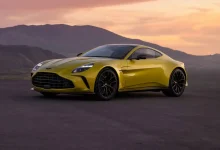

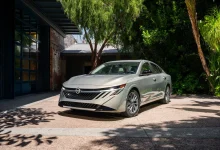
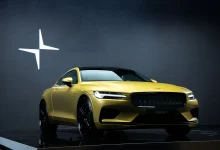
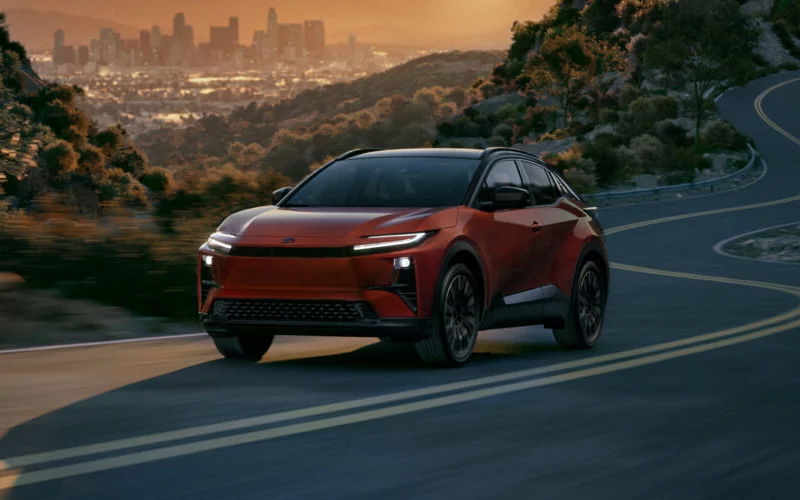
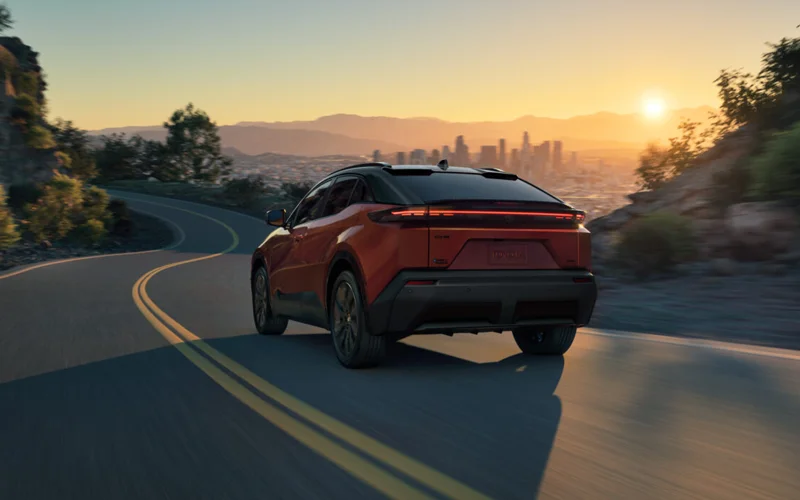

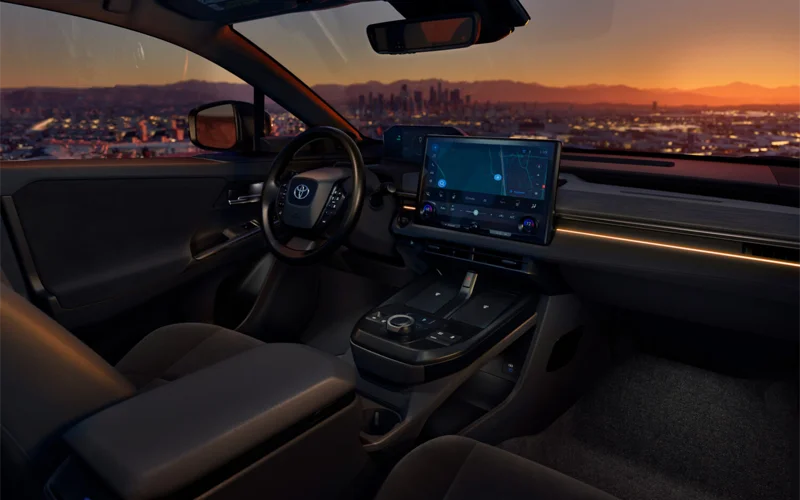
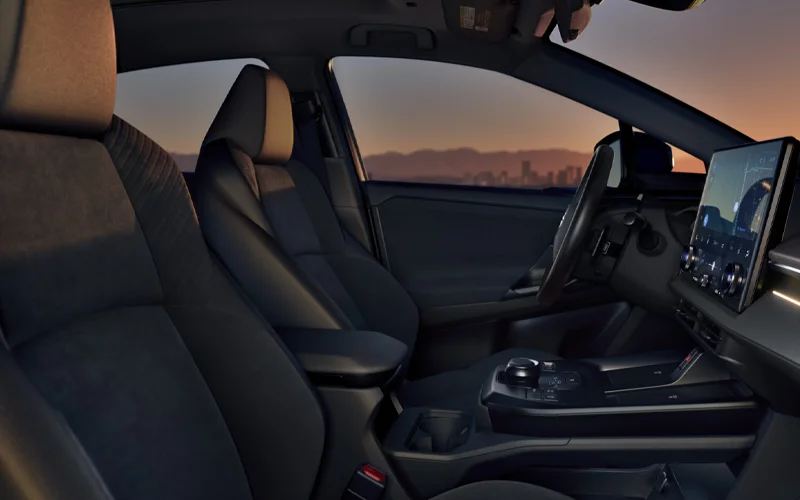
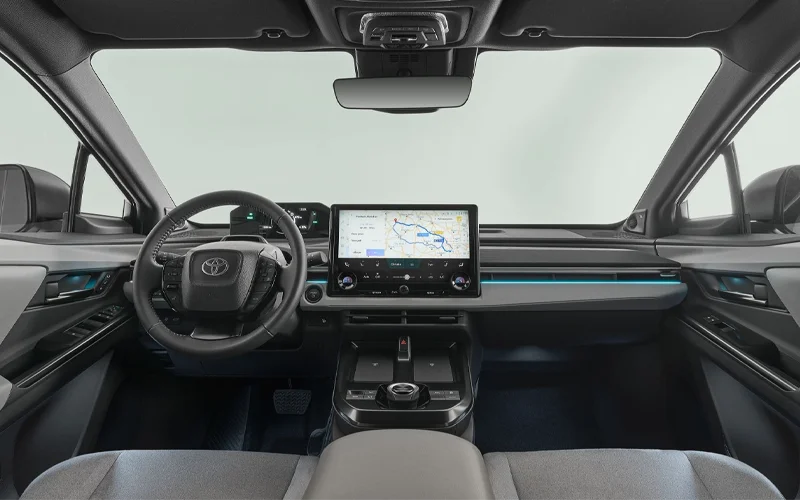
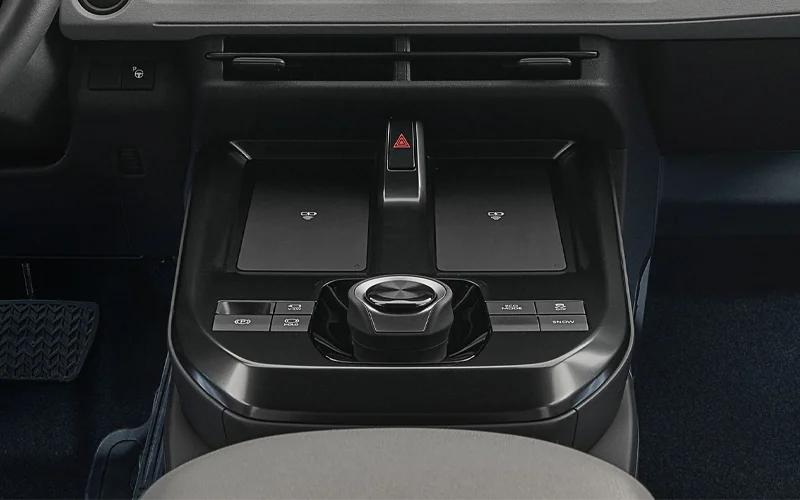
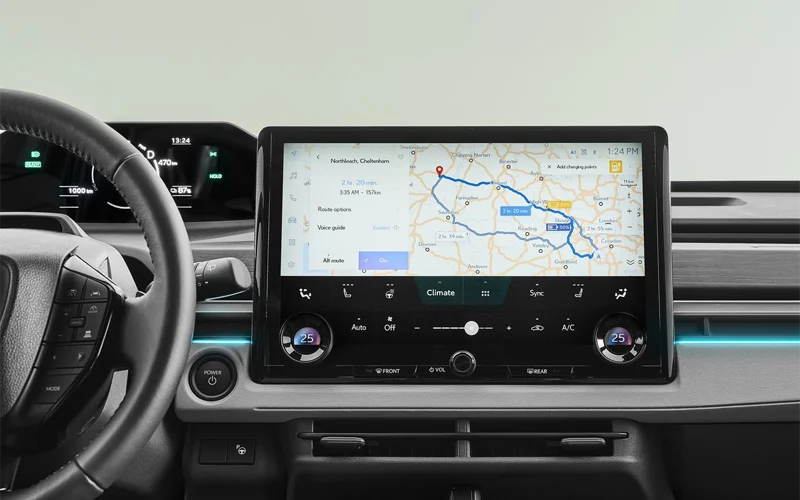
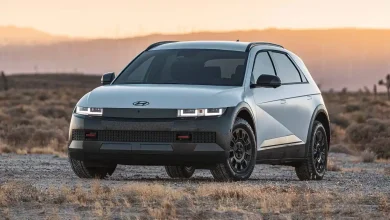
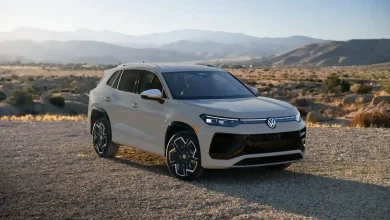
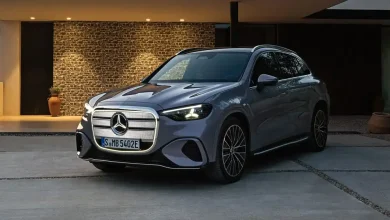
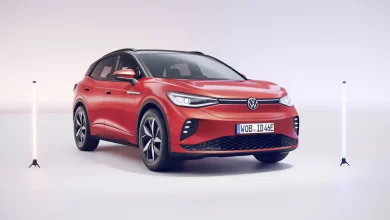
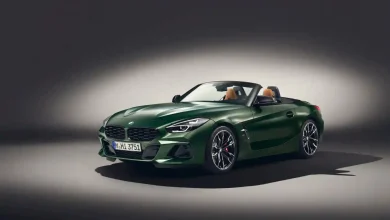
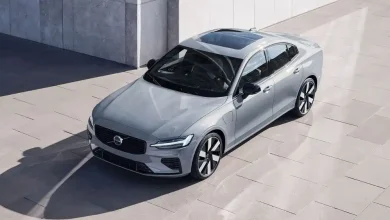

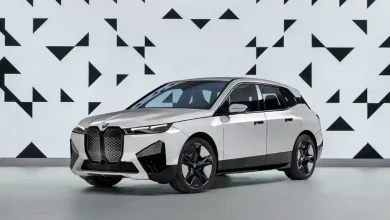
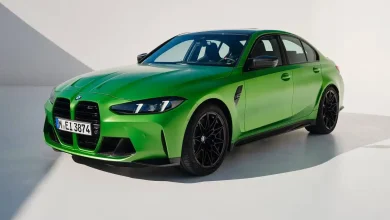
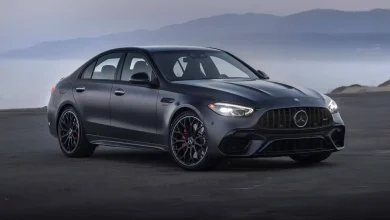

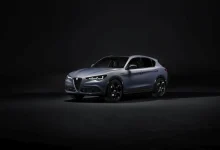
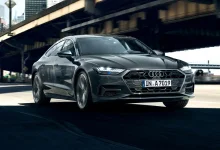
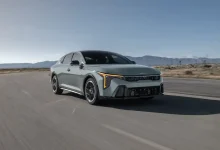
One Comment